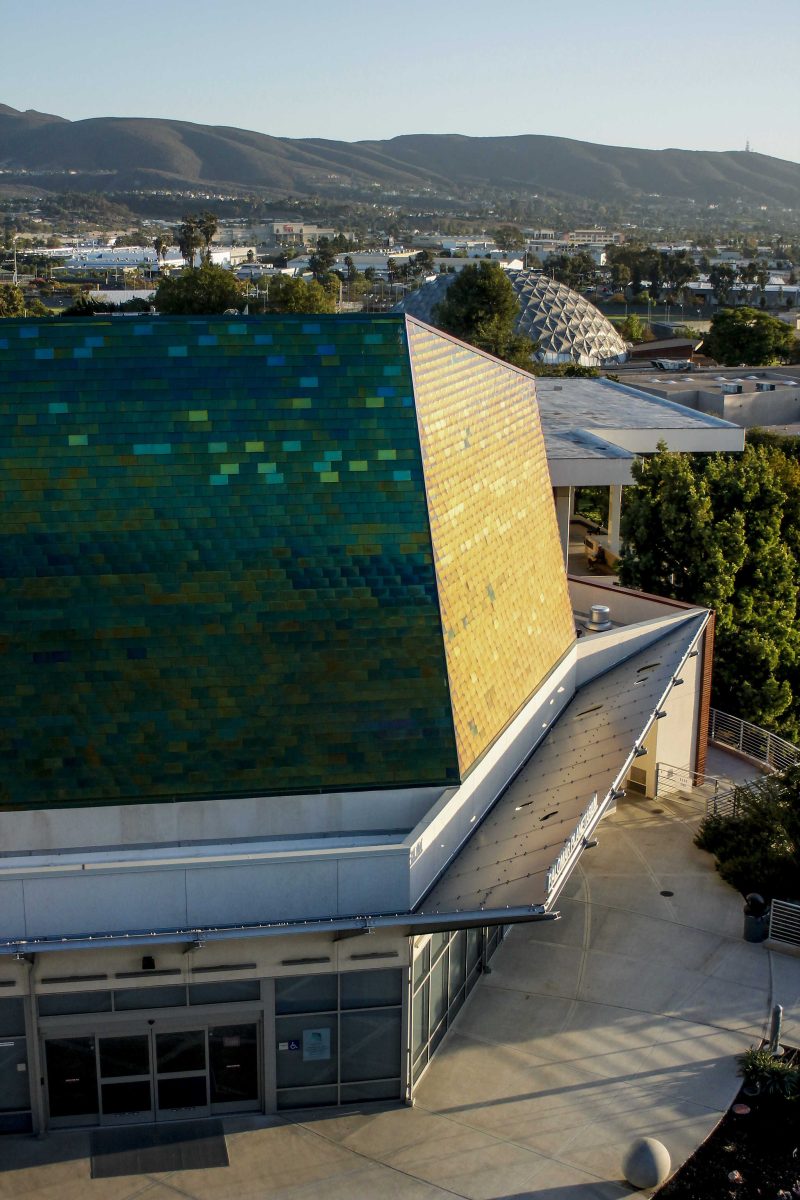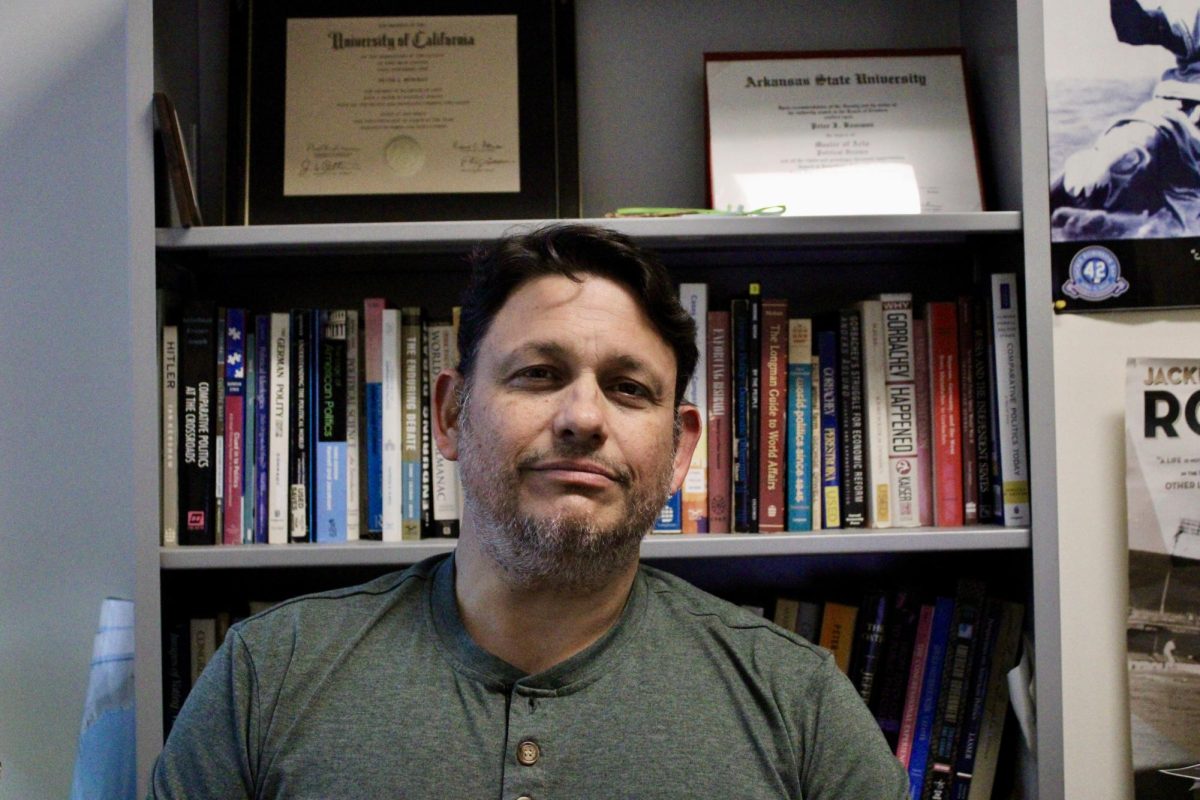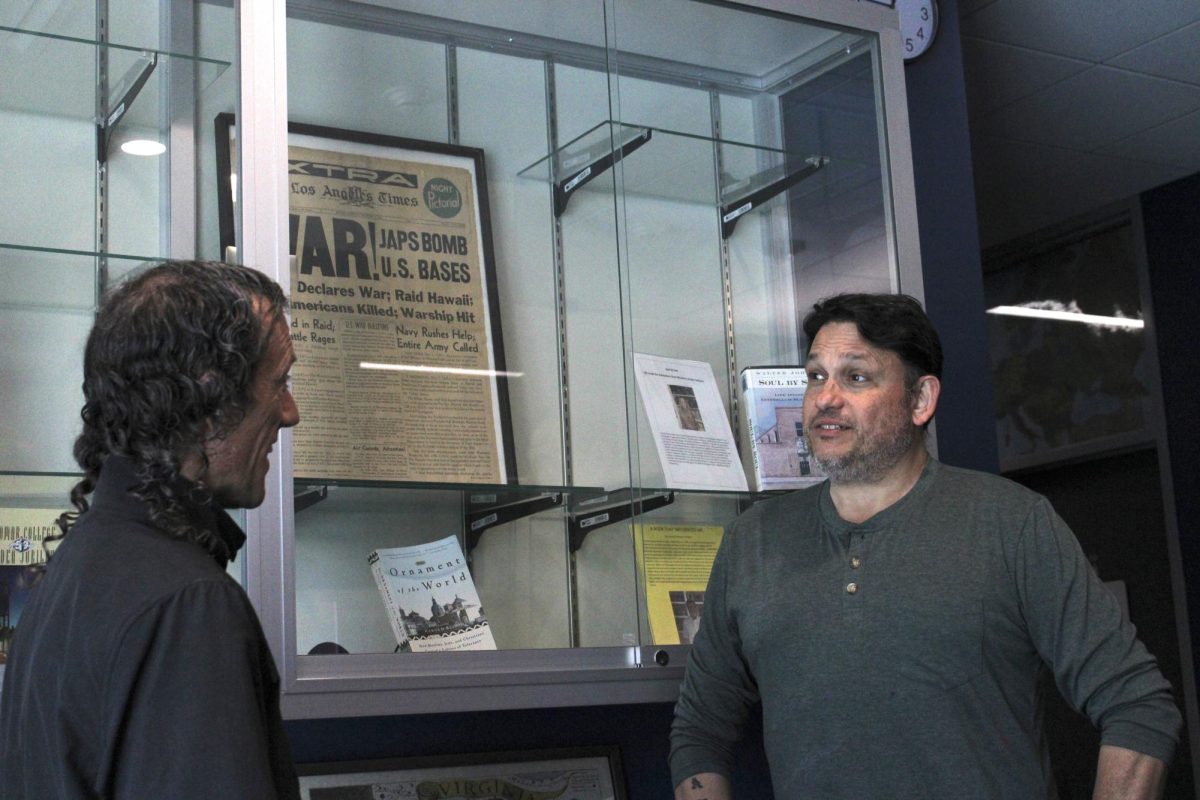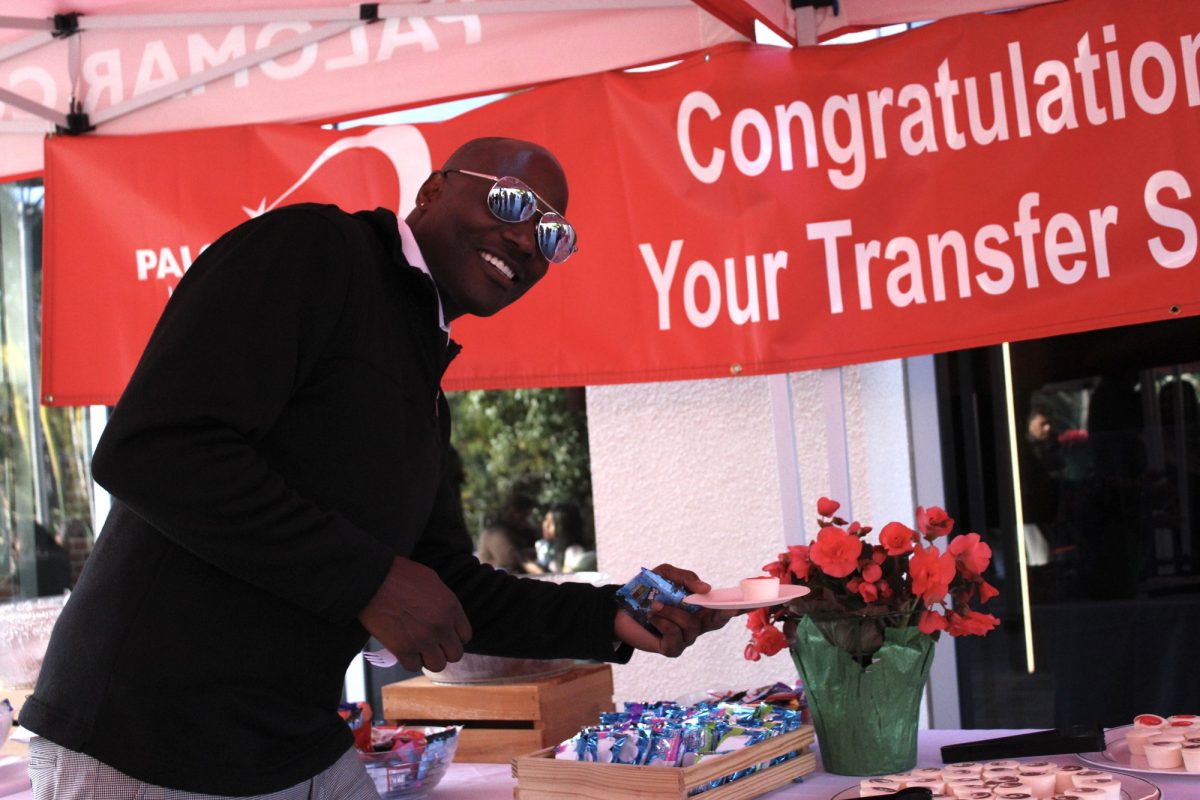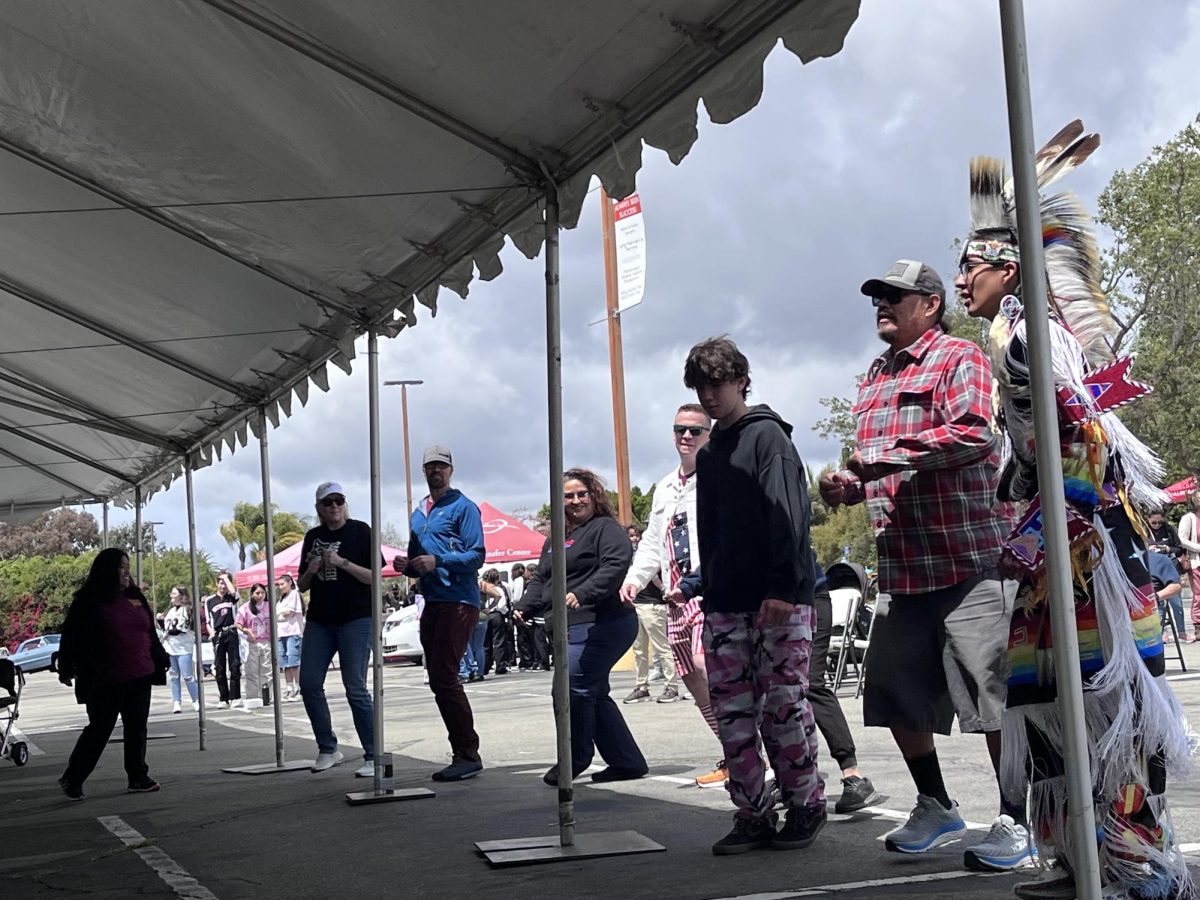Mike Hamerschlag/The Telescope
Imagine attending college in another country. Assuming you are able to speak the language, how do you get around? Would your driver’s license you obtained in the United States be recognized in the country you are living? Would you try to obtain a driver’s license in your new college home? These are the same questions faced by students from around the world who attend Palomar College.
Yasue O’Neill, coordinator of international education, stated there are 256 international students from 36 different countries currently attending Palomar College on a Student F-1 Visa. Many of these students obtain driver’s license while in the United States, though many others have driver’s licenses from their home countries.
Rysei Tomari and Toshiki Sakanaka are both international students from Japan. Toshiki does not have a driver’s license from Japan or California and relies on public transportation and rides from friends.
Rysei has both a California driver’s license and a Japanese driver’s license.
Tomari said it was surprising how easy it was to obtain a driver’s license in California. According to Tomari, in order to obtain a Japanese driver’s license you must attend a month-long government classroom driver’s education course, followed by 36 hours of government approved actual driving lessons.
After passing a written test, a Japanese driver must pass a 16-hour driving test in which an instructor is in the vehicle with you and has a brake on his side of the car in case of emergencies. The 16 hours of driving can be broken down into as many segments as needed.
Aline, an international student from Brazil who would only give one name, has a Connecticut driver’s license as well as a Brazilian Driver’s License. Aline thought it was more difficult to obtain a driver’s license from Brazil than it is in the United States.
In Brazil, you must attend a classroom course, take more than 10 driving lessons, pass a written exam and then take the driver’s test, which is broken into two phases. In the first phase, a prospective driver must parallel park and only if they pass this first phase will they be able to take the driving portion of the test, which takes about 10 minutes.
There are several ways international students are allowed to drive a car while in the United States. If the student has a valid driver’s license from their country of origin they are allowed to drive within the state of California.
International students who do not have a driver’s license from their home country of origin may attempt to obtain one through the California DMV. These students are required to bring their I-94 Arrival/Departure record, to complete an application, provide a thumbprint, have their photograph taken and pay a $27 application fee.
International students will also need to pass a vision exam and a test about local traffic laws and signs. After passing these tests, they must take a driving test and must have valid liability car insurance, according to the California DMV. These requirements are the same for citizens of the United States.

